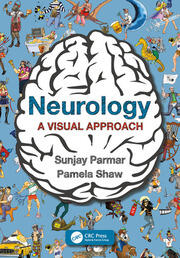A Q&A Approach to Organic Chemistry
A Q&A Approach to Organic Chemistry is a book of leading questions that begins with atomic orbitals and bonding. All critical topics are covered including bonding nomenclature stereochemistry conformations acids and bases oxidations reductions substitution elimination acyl addition acyl substitution enolate anion reactions the Diels–Alder reaction and sigmatropic rearrangements aromatic chemistry spectroscopy amino acids and proteins and carbohydrates and nucleosides. All major reactions are covered. In all chapters there are leading questions to focus attention on a principle or reaction and the answer is immediately provided. Each chapter includes end-of-chapter homework questions with the answer keys in an Appendix at the end of the book. This book is envisioned to be a supplementary guide to be used with virtually any available undergraduate organic chemistry textbook. This book allows for a self-guided approach that is useful as one studies for a coursework exam or as one reviews organic chemistry for postgraduate exams. Key Features: Allows a self-guided tour of organic chemistry Discusses all important areas and fundamental reactions of organic chemistry Classroom tested Useful as a study guide that will supplement most organic chemistry textbooks Assists one in study for coursework exams or allows one to review organic chemistry for postgraduate exams Includes 21 chapters of leading questions that covers all major topics and major reactions of organic chemistry with the answers immediately after

















































